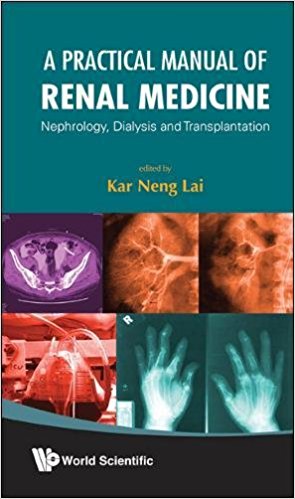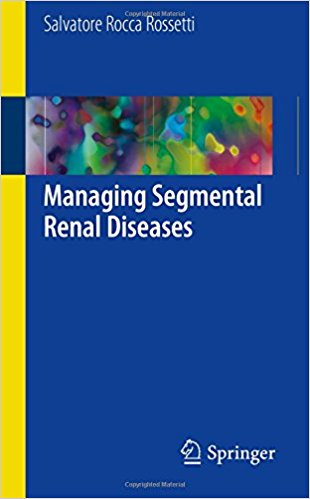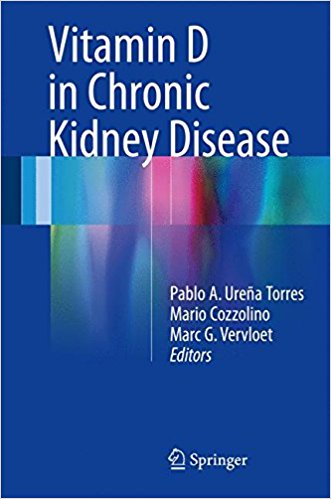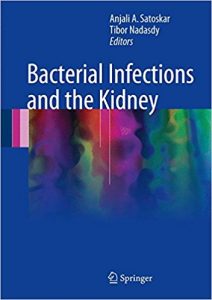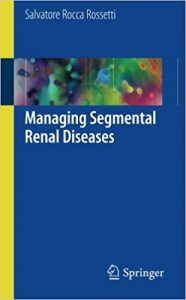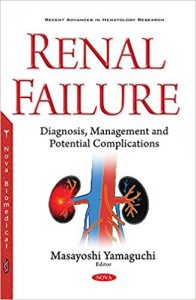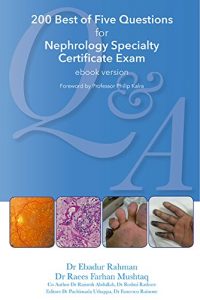The Renal Drug Handbook: The Ultimate Prescribing Guide for Renal Practitioners, 4th Edition (Ashley, the Renal Drug Handbook) 4th Edition
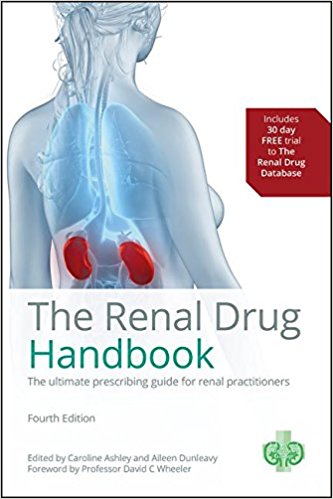
[amazon_link asins=’1909368946′ template=’ProductAd’ store=’aishabano-20′ marketplace=’US’ link_id=’d1506bab-4caa-11e8-8d0d-9b4cf0e1cec2′]
The Renal Drug Handbook offers information compiled from the UK Renal Pharmacy Group and features drug monographs guiding physicians in how to prescribe, prepare, and administer drugs to patients undergoing renal replacement therapy. Also provides a practice-based review of drug utilization in renal units across the UK. Purchasers of The Renal Drug Handbook receive a free 30-day trial to the The Renal Drug Database. A code to activate the trial may be found on the inside-front cover of The Renal Drug Handbook; the trial is activated by entering the code on the Redeem page of this website, accessible from the homepage.
“The Renal Drug Handbook provides essential information on drug dosing in patients with different levels of kidney function. As in previous editions, the logical format makes it easy to use and simple to follow. Included in this update are over 130 new drugs and a new section on drug metabolism and excretion in each drug monograph. Wide dissemination of this 4th edition will help healthcare professionals who prescribe and more importantly protect their patients from avoidable harm. Well done to the authors for maintaining this amazing resource.”
― David C Wheeler, Professor of Kidney Medicine, University College London, and President, Renal Association

